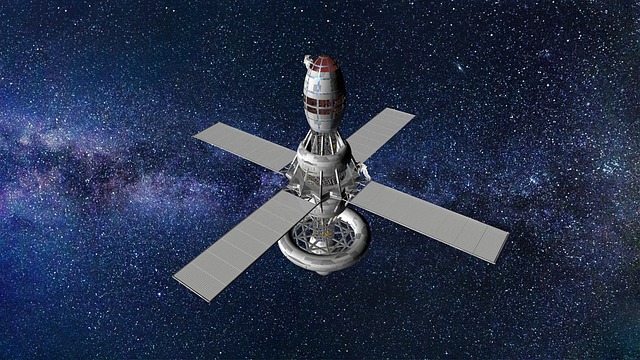
Traction Motor
Traction Motor
Traction motors play a crucial role in the operation of electrically powered railway vehicles and various other electric vehicles. These motors are designed to convert electrical energy into mechanical energy, facilitating movement and propulsion. The significance of traction motors extends beyond trains; they are also utilized in electric milk floats, trolleybuses, elevators, roller coasters, and conveyor systems, among others.
Types of Traction Motors
There are primarily two types of traction motors: direct-current (DC) motors and alternating-current (AC) motors. Each type has its unique characteristics and applications.
Direct-Current Motors
DC traction motors, particularly those with series field windings, represent the oldest form of traction motors. These motors are characterized by their speed-torque characteristics, which are particularly advantageous for vehicle propulsion. They provide high torque at lower speeds, which is essential for the acceleration of vehicles. As the speed increases, the torque produced by the motor declines, allowing for efficient operation across different speed ranges.
Alternating-Current Motors
AC traction motors have gained popularity due to their efficiency and performance. They are often used in modern electric railways and are supplied with current at lower frequencies than the standard commercial supply used for general lighting and power. This adaptation allows for better operating conditions and enhances the overall efficiency of the traction system.
Operating Principles
The operation of traction motors is based on electromagnetic principles. In a DC motor, both the armature and field current reverse simultaneously, which results in behavior similar to that of a motor energized with direct current. This characteristic is particularly beneficial for applications requiring consistent torque and speed control.
In AC motors, the alternating nature of the current allows for smoother operation and better control over speed and torque. The design of these motors often includes advanced features such as variable frequency drives, which enable precise control over the motor's performance.
Applications of Traction Motors
Traction motors are integral to various applications, particularly in the transportation sector. Their use in electric multiple units (EMUs) and diesel-electric locomotives highlights their versatility. In addition to rail transport, traction motors are employed in electric hybrid vehicles and battery electric vehicles, contributing to the growing trend of electrification in transportation.
Furthermore, traction motors are essential in industrial applications, such as conveyor systems and elevators, where reliable and efficient movement is required. Their ability to provide high torque at low speeds makes them suitable for heavy-duty applications.
Future Trends
As the demand for sustainable and efficient transportation solutions increases, the role of traction motors is expected to expand. Innovations in motor design, materials, and control systems are likely to enhance the performance and efficiency of traction motors. The integration of smart technologies and automation in traction systems will further optimize their operation, leading to improved energy efficiency and reduced operational costs.
In conclusion, traction motors are a vital component in the realm of electric propulsion systems. Their diverse applications and continuous evolution underscore their importance in modern transportation and industrial systems. Understanding the principles and applications of traction motors is essential for professionals in the field, as it lays the foundation for advancements in electric vehicle technology and sustainable transport solutions.

















 Feeding Adaptations in Fishes
Feeding Adaptations in Fishes 
 Health
Health  Fitness
Fitness  Lifestyle
Lifestyle  Tech
Tech  Travel
Travel  Food
Food  Education
Education  Parenting
Parenting  Career & Work
Career & Work  Hobbies
Hobbies  Wellness
Wellness  Beauty
Beauty  Cars
Cars  Art
Art  Science
Science  Culture
Culture  Books
Books  Music
Music  Movies
Movies  Gaming
Gaming  Sports
Sports  Nature
Nature  Home & Garden
Home & Garden  Business & Finance
Business & Finance  Relationships
Relationships  Pets
Pets  Shopping
Shopping  Mindset & Inspiration
Mindset & Inspiration  Environment
Environment  Gadgets
Gadgets  Politics
Politics 